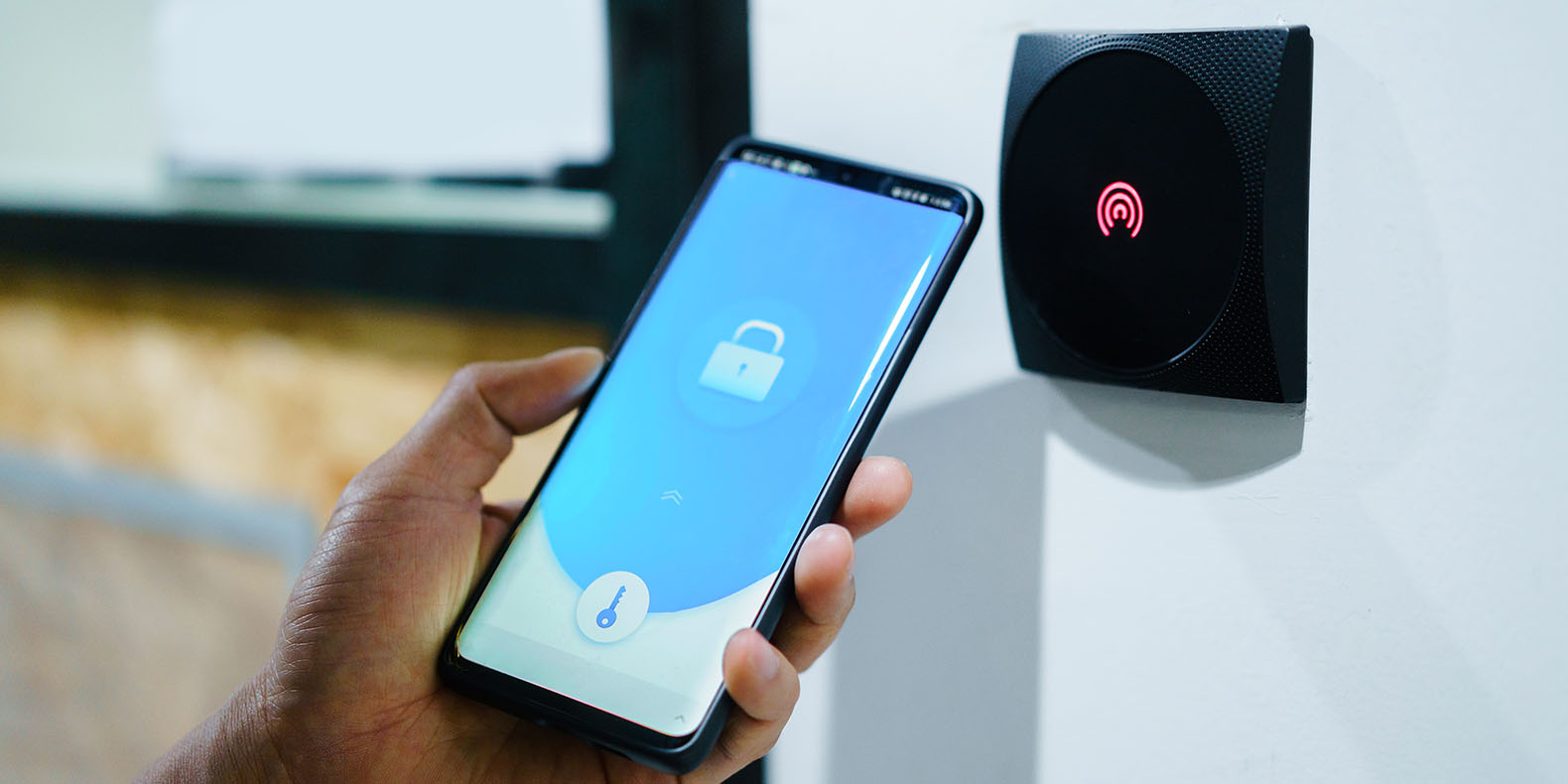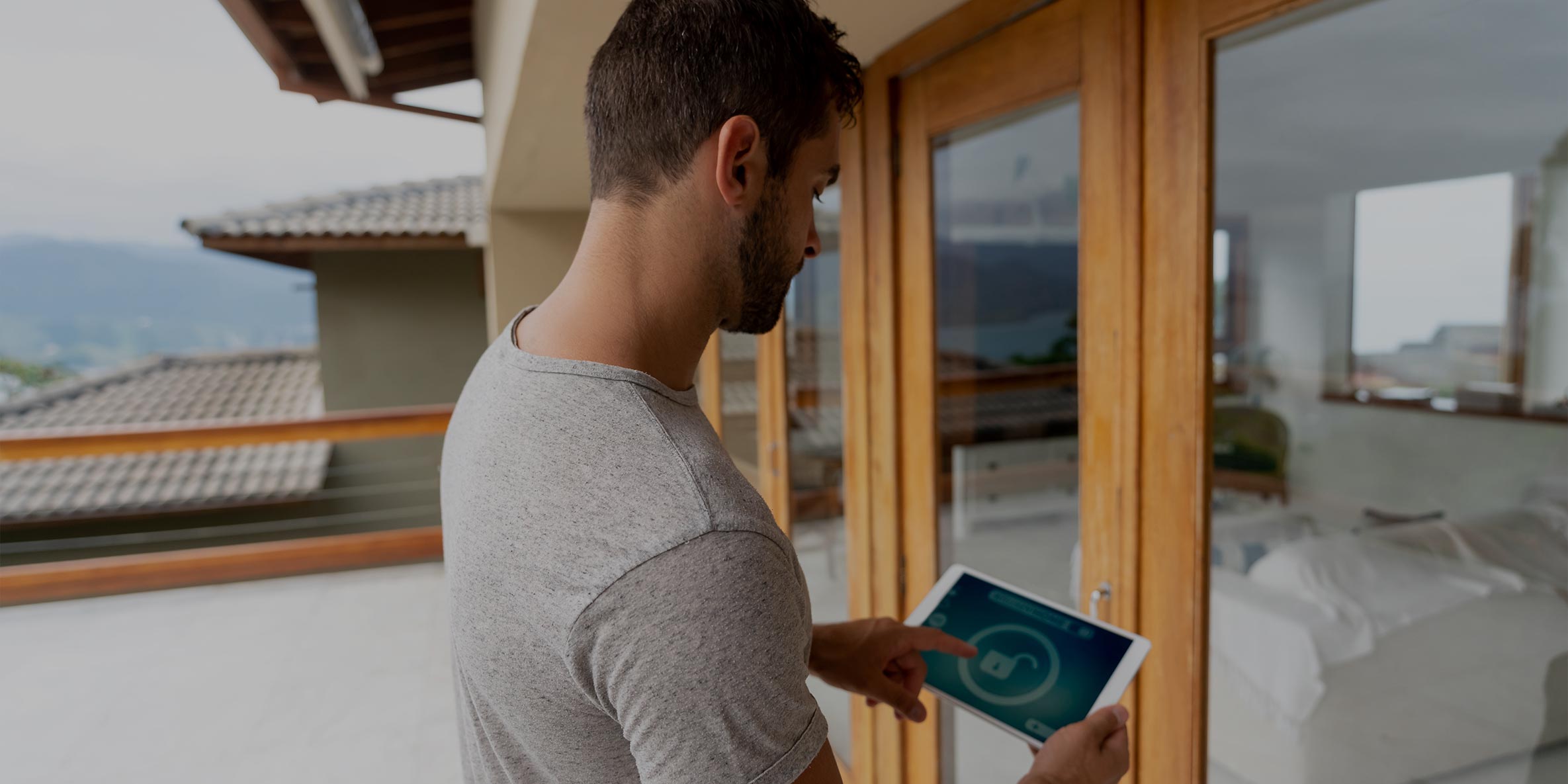This post was originally posted on September 27, 2016 and has been updated for accuracy and comprehensiveness.
After purchasing a home, optimal security should be top-of-mind for homeowners who want to protect their investments and families.
New homeowners should evaluate the home’s current security measures to identify vulnerabilities and needed updates. Here are six security features you should upgrade or install to ensure proper security from the moment you move in.
1. Video Surveillance
Strategically placed surveillance cameras enhance monitoring capabilities and help deter intruders. Evaluate where security cameras are currently installed and identify areas where additional cameras should be mounted. Ensure cameras are positioned to monitor the following areas:
- Front and back doors.
- Garage.
- Staircases.
- Windows.
These are common entry points that can provide easy access to your home if left unsecured. With the help of surveillance cameras, you can easily identify who enters or exits your home and alert authorities in the case of a break-in. Cameras also enable you to view live footage 24 hours a day and monitor activity on your property from online portals or mobile apps while away.
2. Smart Lights
Ensure there is adequate lighting around your property to ward off intruders who may otherwise use the dark to their advantage. Assess where lights have been installed, and add lights as needed to illuminate common entry points, such as windows, doors, walkways and staircases. Once your smart lights are installed, routinely check their performance and be conscious of their life span. Replace lights before they burn out.
For added security, schedule smart lights in your home to make it appear as though someone is home at all times. You can also pair smart lights with sensors so that they turn on whenever motion is detected.
3. Monitored Alarm System
Verify that your home is monitored and protected at all times in case of an emergency. Check if your security provider offers a 24-hour monitoring service that can send alerts when something is out of the ordinary and promptly dispatch emergency personnel when appropriate.
Monitoring centers offer protection in the case of:
4. Environmental Hazard Monitoring
Evaluate whether you have the proper equipment in place to detect environmental hazards, such as high carbon monoxide levels, fires or floods. Once these measures are in place, routinely change the batteries and conduct alarm checks to ensure they are functioning properly.
Environmental hazards can pose serious threats to your home and health if left undetected. Limit potential damage and enhance safety with the following equipment:
- Carbon monoxide detectors.
- Low temperature sensors.
- Smoke detectors.
- Water leak sensors.
5. Window and Glass Sensors
Windows are the second most common point of entry for burglars. In fact, 22 percent of burglars break in through a first-floor window. Enhance your new home’s security by testing the locks on each window. If you are able to gain access to your home using little force, consider replacing the window or installing sensors that notify you when a window has been opened. There are many effective security solutions on the market to secure your windows, such as sensors and cameras.
Additionally, glass sensors can serve as extra security for windows. Glass sensors receive immediate alerts when a window has been shattered. This enables you to respond to the situation quickly.
6. Smart Locks
Doors are one of the most common entry points for burglars. In fact, 34 percent of burglars enter through front or back doors during a break-in. To protect your home, test deadbolts to ensure they properly secure doors. Faulty deadbolts make it easier for intruders to gain access into your home.
For optimal security, consider installing smart locks, which allow you to:
- Keep tabs on who enters or exits the home and when.
- Lock or unlock doors remotely.
- Secure doors from unauthorized users.
With the right home security equipment, your family will rest easy at night knowing your home is secure. Work with your security provider to properly evaluate your new home’s security. Your security vendor will help you design a customized system to accommodate your needs.
For more information on home security, download our brochure.



